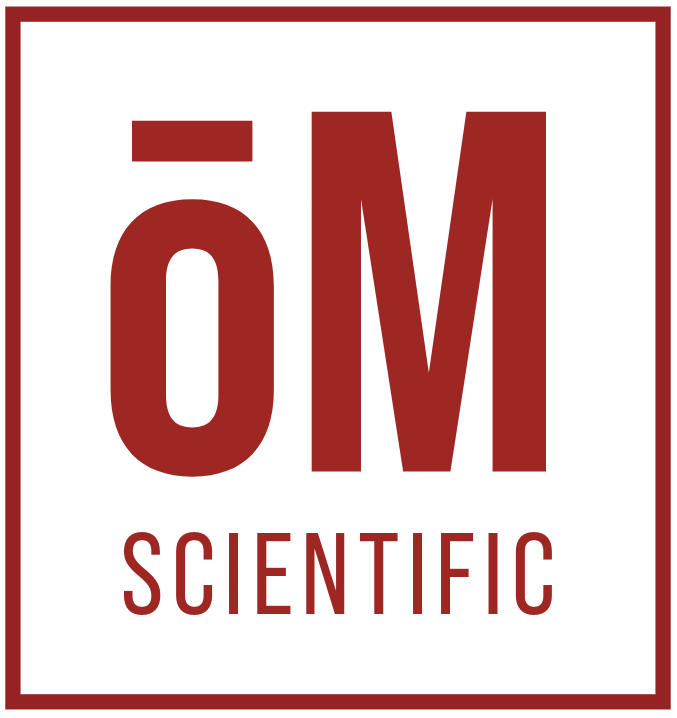A new study shows how plants and fungi could work together to grow healthier crops, without synthetic chemicals.
Auther: Salk Institute, based on research by Lena Mueller’s team
Published: 14th April 2025 in 2025, in Proceedings of the National Academy of Sciences
This is a personal overview of the article. To dive deeper, I highly recommend reading the original in full.
In our modern era, chemical fertilisers have become the backbone of industrial agriculture but they come at a huge cost to soil health and biodiversity. Facinating new research from the Salk Institute suggests that the solution may lie in restoring a biological relationship we’ve long neglected. The study focuses on a naturally occurring peptide produced by plant roots called CLE16.
Researchers found that CLE16 plays a key role in promoting symbiosis between plants and arbuscular mycorrhizal (AM) fungi (read more about AM Fungi here). When CLE16 was added to the soil it dramatically strengthened the nutrient exchange network between plant and fungi. Even more fascinating: the fungi themselves appear to mimic the plant’s signal, producing CLE16-like peptides to keep the exchange going. This mutual signalling could become the foundation of a natural, scalable alternative to synthetic fertilisers.
The implications are exciting. If this approach proves effective in major crops like wheat, soy, or corn, farmers might be able to replace chemicals with biological inputs. It may reduce pesticide use too, since mycorrhizal fungi are known to enhance plant immunity.
This isn’t the only research heading in this direction. Other global efforts—including studies in Europe and the US—are exploring how to breed crops that favour mycorrhizal relationships. But what’s remarkable about the Salk study is that it isolates a specific molecule (CLE16), offering a practical entry point for applied use in the field.
This kind of work sits at the heart of what sustainable agriculture should look like. Rather than fighting nature with inputs, we’re beginning to listen to what plants and fungi already know how to do. If we can support these underground alliances with understanding we may see more restorative farming practices and move towards more sustainable future.
Want to learn more about fungi networks, research, and microscopy? Explore our other articles or follow us on Instagram or Facebook @omscientific.
